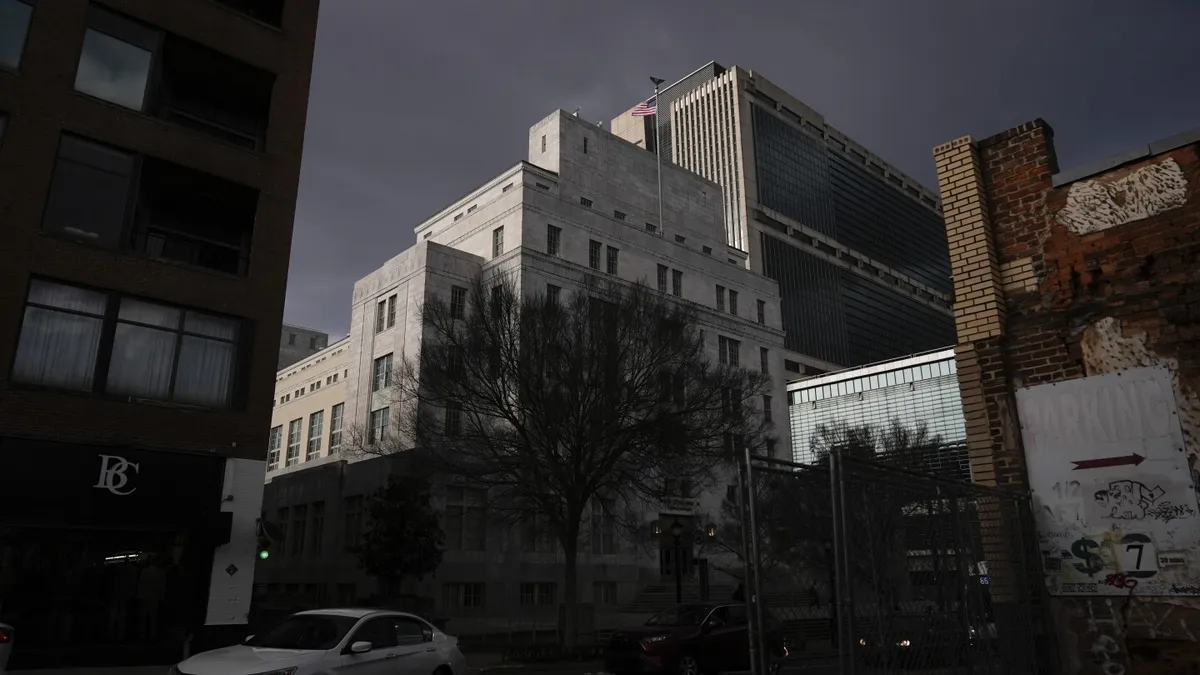
In a significant move, the Trump administration has unveiled a comprehensive list of more than 400 federal properties that it may close or sell. This decision comes after the administration determined these properties to be "not core to government operations." The list, published by the General Services Administration (GSA), includes some of the nation’s most iconic buildings and covers nearly every state, featuring a range of properties from courthouses to office buildings and parking garages.
Among the notable properties slated for potential sale are the J. Edgar Hoover Building, which serves as the FBI headquarters, and the Robert F. Kennedy Department of Justice Building. Other significant buildings include the Old Post Office, formerly housing a hotel operated by President Donald Trump, and the headquarters of the American Red Cross. Additionally, the list comprises the headquarters of several federal agencies, including the Department of Labor and the Department of Housing and Urban Development (HUD).
The extensive list also features major federal facilities such as the Major General Emmett J. Bean Federal Center in Indiana, the Sam Nunn Atlanta Federal Center, and the Speaker Nancy Pelosi Federal Building in San Francisco. Notably, approximately 80% of the nation’s 2.4 million federal workers operate outside of metropolitan Washington, D.C., highlighting the widespread implications of this initiative.
The GSA stated that the aim of identifying these properties is to eliminate "non-core properties for disposal." By selling these buildings, the administration believes it can halt the expenditure of taxpayer dollars on vacant or underutilized federal space. The GSA emphasized that this move could lead to substantial savings, potentially amounting to hundreds of millions of dollars, while also allowing for reinvestment in high-quality work environments that are crucial for supporting agency missions.
This property disposal initiative is part of a broader effort by the Trump administration, in collaboration with billionaire Elon Musk, to downsize the federal workforce and curtail government spending. The administration has also mandated that federal employees report to their offices daily, which aligns with their strategy to reshape the operational landscape of major Cabinet agencies funded by Congress.
Interestingly, several buildings on the closure list showcase the brutalist architectural style, which has been a target of criticism from Trump, who favors traditional, neo-classical architecture. The FBI and HUD headquarters serve as prime examples of this architectural style, further emphasizing the administration's aesthetic preferences.
Eliminating federal office space has emerged as a top priority for the GSA. Last month, GSA regional managers were instructed to initiate the termination of leases on approximately 7,500 federal offices nationwide. Reports indicate that the agency aims to terminate up to 300 leases per day, reflecting an aggressive strategy to streamline federal operations.
The Department of Government Efficiency, led by Musk, has published a list of numerous canceled office leases on its official website, raising concerns about the impact on services provided from these locations. Among the properties listed are significant federal buildings and courthouses in major cities, including Los Angeles and Oklahoma City, as well as IRS service centers scattered across the country.
Notably, the list also includes the National Museum of American Diplomacy in Washington, D.C., and federal buildings named after civil rights icons such as Martin Luther King Jr. in Atlanta and Rosa Parks in Detroit. Additionally, the Montgomery, Alabama bus station, pivotal to the civil rights movement and now serving as the Freedom Rides Museum, is also among the targeted properties.
The GSA’s Public Buildings Service has indicated that many of the properties identified as unnecessary are primarily office spaces. They noted that decades of funding deficiencies have rendered many of these buildings functionally obsolete and unsuitable for the federal workforce. The GSA plans to evaluate the future of these properties systematically to ensure that taxpayer funds are no longer spent on empty and underutilized federal office spaces. This initiative could lead to potential savings exceeding $430 million in annual operating costs.
In total, the 443 properties listed encompass nearly 80 million rentable square feet, highlighting the significant scale of this initiative aimed at reforming federal operations and optimizing the use of government resources.